nobelium
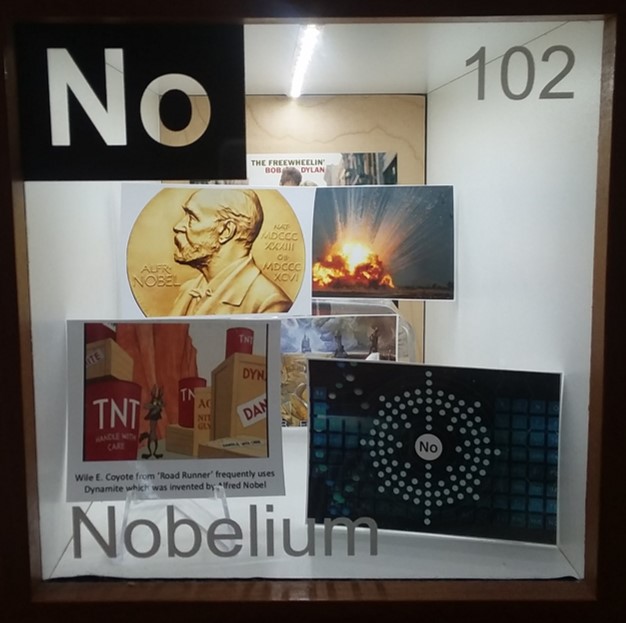
Contributor: Russel J. Reising
About the Display: This display features:
- A picture of Wile E. Coyote The caption on the picture reads, "Wile E. Coyote from 'Road Runner' frequently uses dynamite which was invented by Alfred Nobel".
- A picture of a dynamite explosion Invented in 1867, dynamite was the strongest explosive available. Prior to that, gunpowder was the best explosive available. The problem with gunpowder was that it was very dangerous to handle and it was not strong enough. By adding diatomaceous earth to unstable nitroglycerin, Nobel was able to create a stronger, more stable explosive for mining, quarrying, demolition, construction, and as a weapon. However, the development of stronger weapons meant that dynamite was not used by the military for long (Source).
- A representation of the nobelium atom Nobelium is an artificially created element. The isotope with the shortest half-life, nobelium-254, has a half-life of just three seconds! The longest half-life belongs to nobelium-259, at 58 minutes (Source).
- A picture of a Nobel Prize Medal featuring Alfred Nobel Alfred Nobel created the Nobel Prize after a case of mistaken identity caused him
to ensure his legacy would be a positive one. Alfred's brother, Ludwig, died in 1888.
Instead of writing his obituary, the French press wrote an obituary for Alfred. In
it, he was referred to as the "Tradesman of Death" for his inventions of dynamite
and ballistite, another explosive. Horrified that his legacy would be so dark, Alfred
Nobel left his fortune to create the Nobel Prize, a yearly prize to honor individuals
in each of the five fields described in his will: physics, chemistry, physiology/medicine,
literature, and peace (Source).
- A picture of a prog rock album titled Nobelium
- A picture of Bob Dylan's album The Freewheelin' The song Night After Night by Bob Dylan contains the lyric, "Night after night some new plan to blow up the world;
Night after night another old man kissing some young girl; You look for salvation,
you find none; Just another broken heart, another barrel of a gun; Just another stick
of dynamite night after night" (from Hearts of Fire Soundtrack, 1987).
Below are the pictures featured in the display, as well as a couple extra!
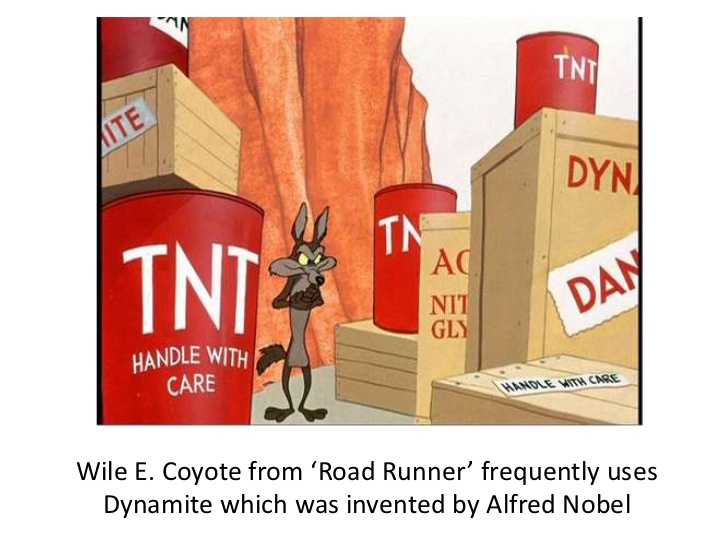

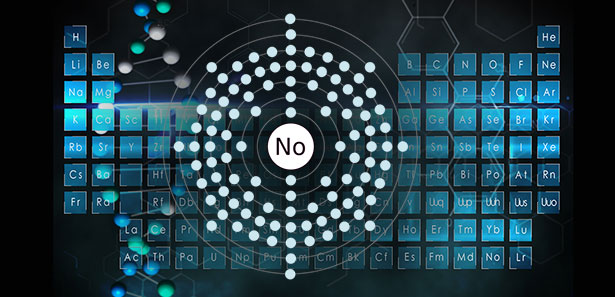
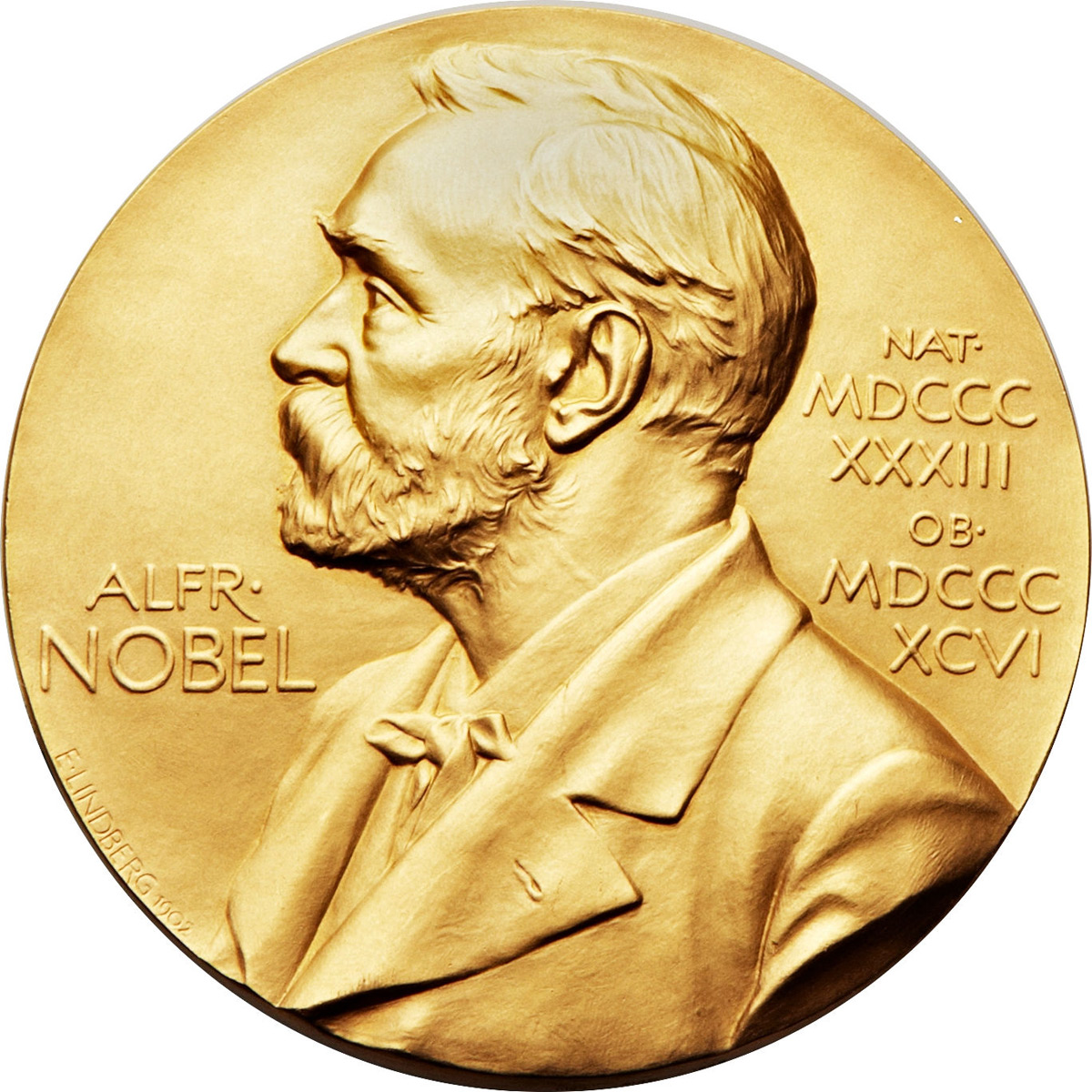
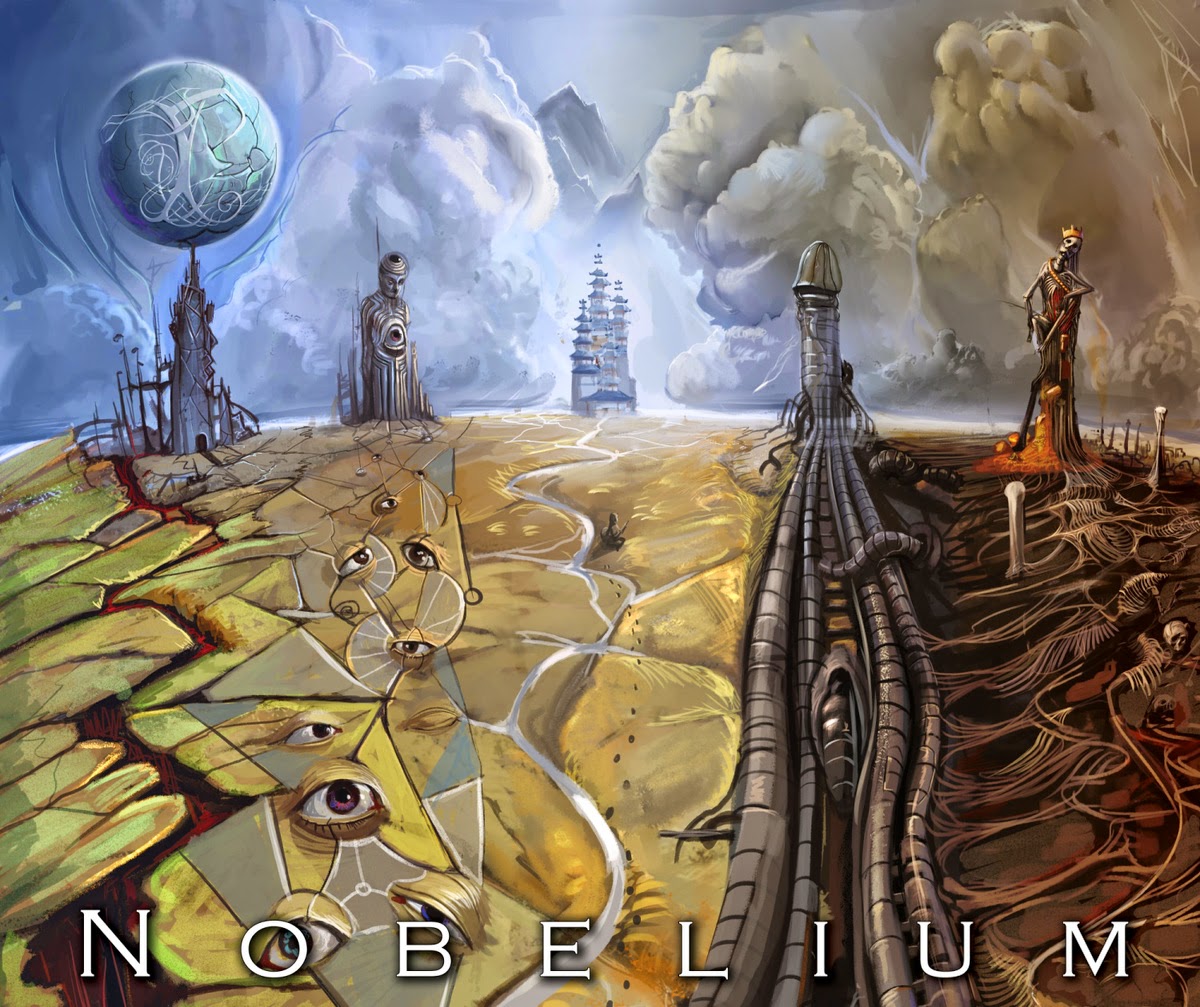

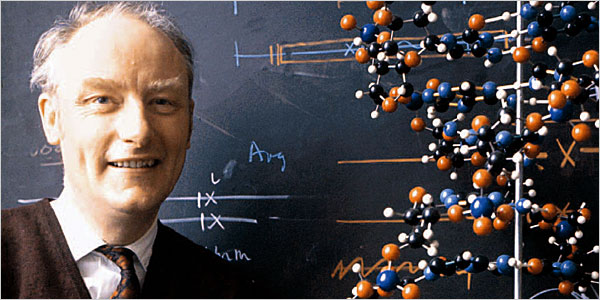
Pictured above: Francis Crick won the Nobel Prize in Medicine in 1962 along with James Watson and Maurice Wilkins for their "discoveries concerning the molecular structure of nucleic acids and its significance for information transfer in living material." In other words, the double-helix structure of DNA. Crick is cited as saying that his discovery was due to an insight he had while on the psychedelic drug, LSD.
Pictured below: Kerry Mullis, who also attributed his Nobel Prize-winning discovery to the use of LSD, won the prize in 1993 for his invention of the polymerase chain reaction method (PCR).
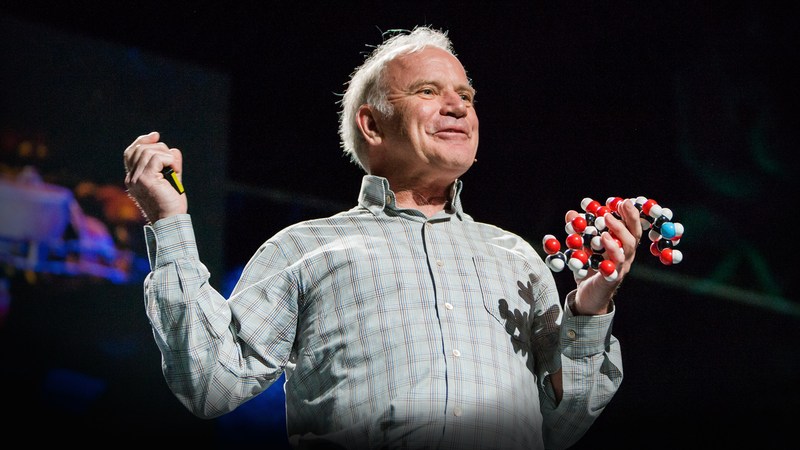
About the Contributor: Russell J. Reising is a professor of English at the University of Toledo.
Back to the Periodic Table
| <Previous element-| | |-Onward to the next element!> |
Symbol: No
Atomic Number: 102
Atomic Mass: 259 u
Electron Configuration: [Rn] 5f147s2
Year Discovered: 1966
Discovered By: a group of scientist at the Nobel Institute of Physics, Stockholm, Sweden


